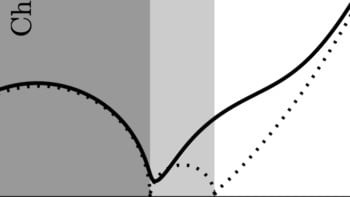Economists like to think that stock markets are rational, but recent research has shown that irrational behaviour has a significant effect on the market. Thomas Lux of the University of Bonn in Germany and Michele Marchesi of the University of Cagliari in Italy have created a computer model of a financial market that splits traders into two groups,'fundamentalists' and 'noise traders'. The former make decisions based on realistic predictions of the 'real world' value of companies. Noise traders, on the other hand, act on trends and patterns in the market. The model, which is based on ideas from statistical physics, shows that large numbers of'optimistic' and 'pessimistic' noise traders destabilizes the market. The model can also explain the extremely high value of Internet stocks (Nature 397 498).
Once the balance between ‘fundamentalists’ and noise traders is breached the market becomes more volatile and creates boom or bust cycles. For example, Amazon.com is now worth over $30 billion, 30 times its predicted revenue this year, despite never making a profit. Lux and Marchesi suggests that the increasing numbers of ‘optimistic’ noise traders investing in Internet stocks is making the market unstable. As more and more noise traders follow this trend, companies such as Amazon find their share prices pushed far above their true worth.



